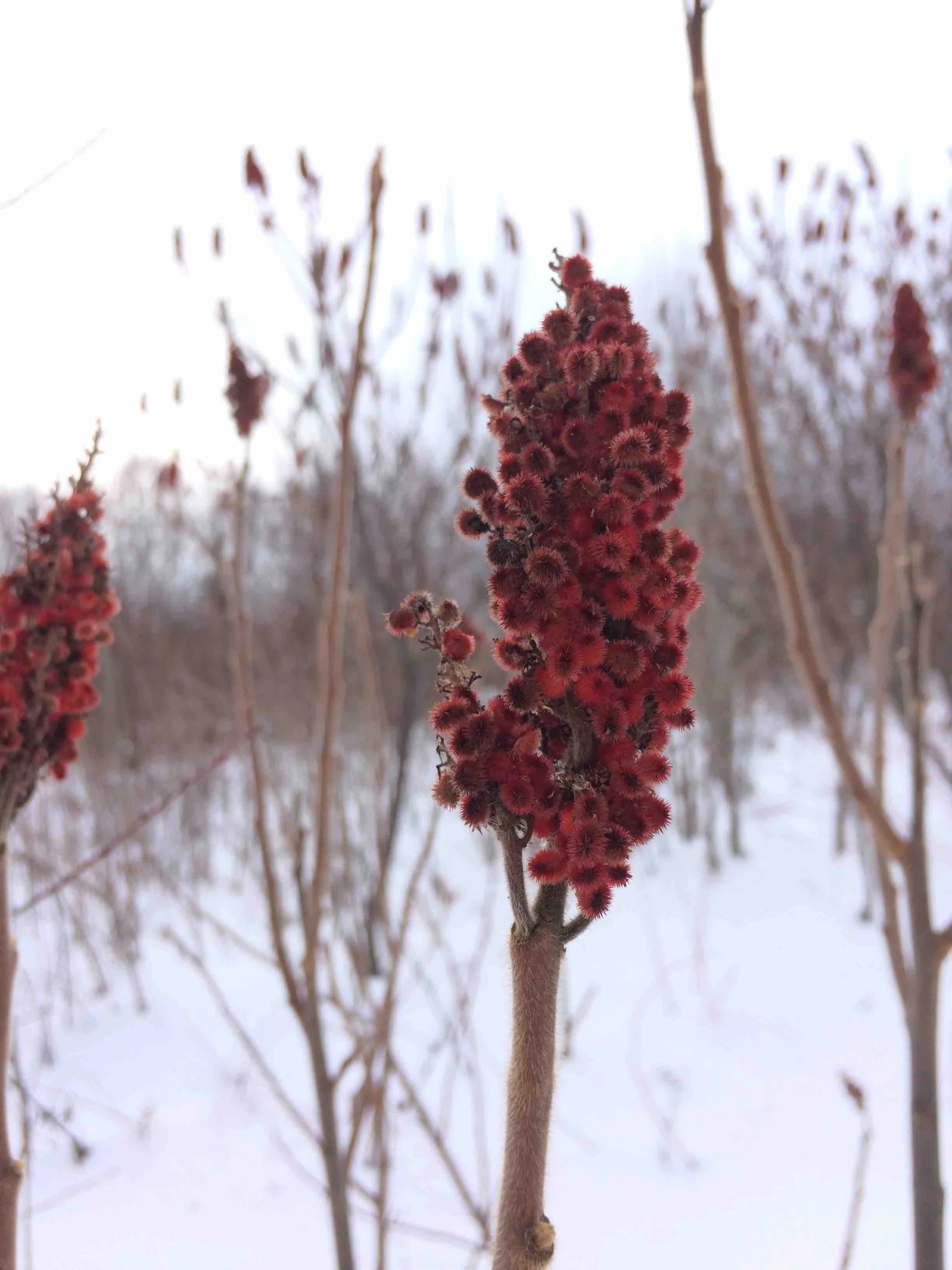Feeling the Way Forward
Walking on earth is a miracle. Each mindful step reveals the dharmakaya.
—Thich Nhat Hanh
This week, I watched the new documetary on Thich Nhat Hanh’s last years. Thay, as his students call him, was a Zen master who has become a great symbol of peace. He embodied that in many ways and his mindful walking sent waves of peace through crowds of people. By the time he obtained permission to return to Vietnam after decades of exile, he was severely disabled from a stroke. One student relates how he requested help to rise from his wheelchair and take a few steps on the earth of his homeland. I was reminded of the gatha above.
In Buddhist practice, there are several ways to investigate experience to discover that it doesn’t need to be taken so seriously or personally. And why would we want to do this? For one reason, to become less embroiled in something, see it with fresh eyes, and maybe even let it go. One of these investigations is into the five aggregates that make up experience. As a personal example, when at the end of a walk with my dog, Rios, there is greater fatigue and struggle for me to walk. That experience can break down into form, the sensory experience of distance from where my body is at the bottom of the ramp to the door (which seems especially far away when I need the toilet!). Next, the feeling tone is unpleasant (as opposed to pleasant or neutral). From form and feeling tone, mental activity proliferates: perceptions are of a weak leg, drop-foot, the distance, the hardship; mental formations are urgent and future-oriented, wanting to be at the door already, with the aim of making it to the toilet in time, and sometimes there is resentment and anger; Consciousness is arising with all of this. They are called the five aggregates of clinging because we cling so firmly to these aspects of experience.
To be entangled in all that mind activity makes the experience very heavy and sharp. It is difficult, but It doesn’t help to be angrily asking “Why me? Why this? This is my life?” Notice the feeling tone: “this is unpleasant.” And it can stop there. There are many different practices to stop the mind from spinning out. Looking for those five aggregates is one that works for me because the Buddhist teachings make sense to me, have shown me that even when it feels like a crucible, it may very well be an opportunity for transformation, for listening to instead of shouting at Life. For evoking the image of Thay walking, present in each step.
Five years or so ago, I was sitting in a grove of massive cedar trees at the Dharma Centre of Canada. A small, still forest pool sits in there amid a carpet of lily-of-the-valley. In that still and quiet grove, a small motion caught my eye: a daddy long legs making slow progress across the low carpet of shiny green leaves. Her little orange body was a great contrast atop the deep green. I imagined it was too dense under the canopy of leaves for her big spindly body. Atop them, she was so light that the leaves never even dipped as she carefully lifted and placed each leg. She reached a wide gap in the overlapping leaves and stopped to slowly wave her two front legs in the space ahead. Finding no footing, she turned to feel for a different way, disappeared behind an upright leaf, and reappeared around the other side to move forward again.
Snowshoe hare tracks.
I have been facing new challenges with the MS lately. Life is ever giving us new terrain and that can be uncertain. We are well-practiced at getting entangled in dense thickets of thinking and habitual reaction. There is another way that is wide open: a lighter, gentler, being-ness that is patiently feeling, sensing, listening in the space of what is actually right here. And, within which, the way forward often reveals itself. Like a white rabbit in the snow; not easy to see maybe, but it’s there.
The dharmakaya, the mystery — whatever you call it — what delight, what love, what beauty there is to behold when the way opens up. “It’s good to remember that we’re in the mystery, of the mystery,” writes Shawna Lemay in a current blog post. In this edition of Transactions with Beauty, she also eloquently reminds us of the importance of play. (Yes! My artist father taught me that too and I forget sometimes.)
Play opens up the mystery. So does wonder and kindness. When things get heavy, maybe just remember those things.
~
I’m currently reading Why We Mediate: The Science and Practice of Clarity and Compassion. Handshakes with our beautiful monsters. Getting reacquainted with essence love. Buddhist wisdom backed up by neuroscience and psychology. It’s a fun, illuminating, and accessible read that offers practical ways to untangle mental reactivity.



